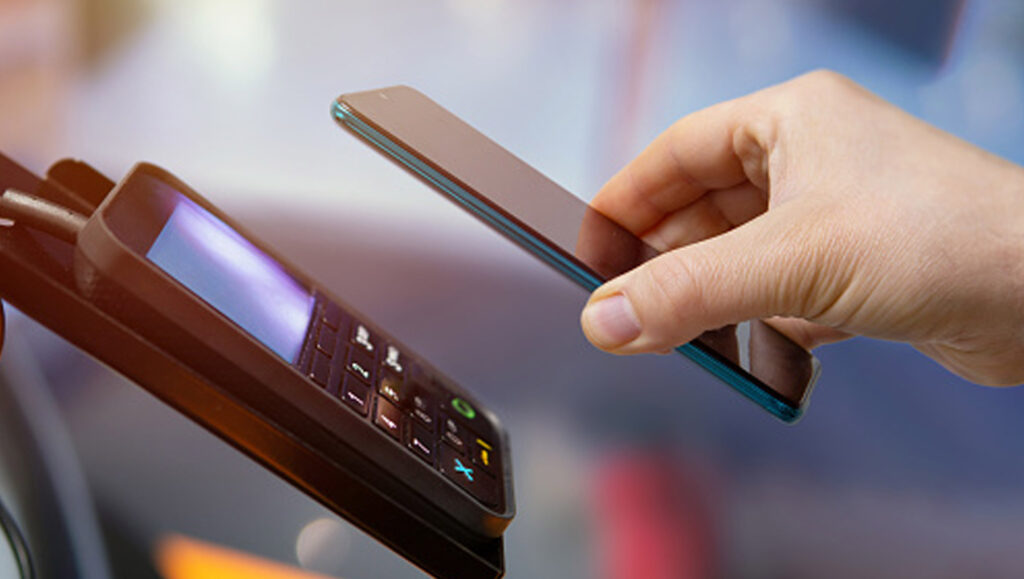-
48% of Online Shoppers Made a Recent Impulse Online
-
56% Regretted the Purchase
-
39% Shared their Regret
SimplicityDX, the edge shopping company, today announced new social commerce research, “The Impulse Trap,” showing 48% of consumers made a recent online impulse purchase, 56% regretted the purchase.
“Impulse purchases on social media are not good for brands in other ways too: these sales don’t result in new customers being acquired, rather products sold to anonymous dissatisfied buyers”
“Impulse purchases are bad for shoppers and bad for brands. More than half of impulse shoppers aren’t happy, and brands often see higher product returns and damage to their brand image. It gets worse because 39% of consumers will then share their negative experience with friends or on social,” explained Charles Nicholls, industry veteran and analyst at SimplicityDX Academy.
Of the 1,000 US online shoppers surveyed, of those that had made a recent impulse purchase, 45% of consumers kept the product after regretting their impulse purchase.
“This suggests that approximately half are living with products they regret buying, don’t want, couldn’t really afford, remind them of the brand in a negative way, or even just throw away,” Nicholls surmised.
Exploring the reasons for impulse purchase regret, survey respondents shared:
- 36% said the quality was poor
- 26% said the product did not look like the product image on the site
- 25% said they did not really need it / won’t be used
- 23% thought it was poor value
- 20% thought the fit was poor
- 17% said they couldn’t really afford it
Read More: SalesTechStar Interview with Micael Oliveira, Founder & CRO at Amplemarket
Why didn’t more respondents return the products? Prior first-party research on returns from SimplicityDX Academy found 23% of shoppers who bought on a social platform are not sure who to contact to arrange a refund. In addition, returning products bought on social media is frequently problematic. Only 17% of consumers are willing to purchase on social media again after returning a product bought there.
The probability of a first-time visitor making an impulse purchase from an ecommerce site is just 0.25%, based on research at SimplicityDX Academy. “Over the years, we have seen that shoppers very rarely go from product discovery to conversion right away,” added Nicholls. “The average time from first touch to conversion is 19 hours, spanning multiple sessions.”
Read More: How Headless LMS can Solve the Retail Training Gap
What Can Brands Do About It?
“Impulse purchases on social media are not good for brands in other ways too: these sales don’t result in new customers being acquired, rather products sold to anonymous dissatisfied buyers,” Nicholls continued. “The secret to brand profitability is building a base of customer fans that come back to buy again and again, and tell their friends. This requires delivering on the promise every time. It also needs a direct relationship with the customer to drive those critical repeat sales that unlock profitability.”
Based on this collective knowledge, marketers and digital agencies need to optimize the CX journey from discovery on social platforms to purchase on retail brand sites. This includes:
- Direct traffic to the brands ecommerce site to buy
- Avoid ‘buy in ad’ type promotions, which can lead to impulse purchases and post purchase regret
- Focus on customer Life Time Value as a critical metric
- Create a smooth path between social and commerce by leveraging social storefronts
- Mirror social media campaign imagery used on ecommerce sites to prevent a mismatch of expectations























